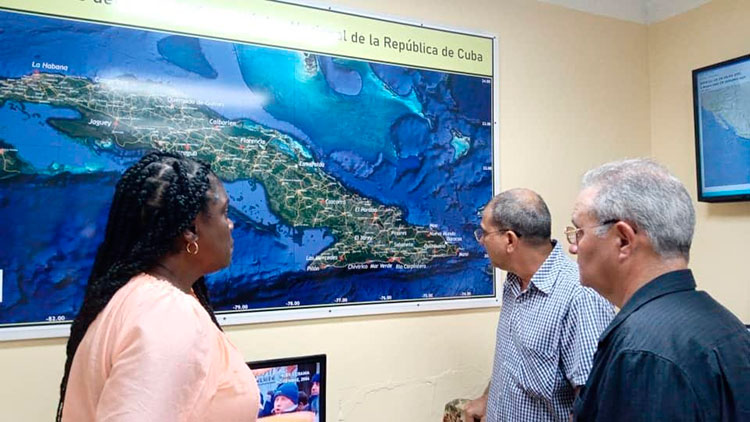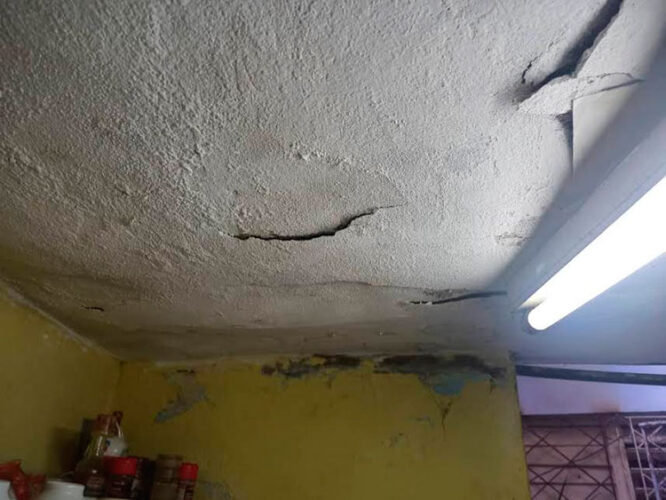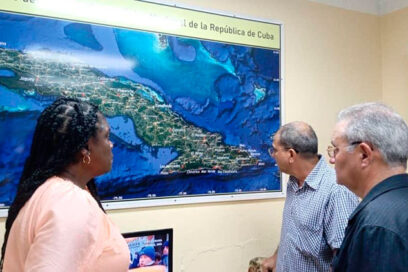What seemed to be a calm Sunday morning turned into anxiety after two strong earthquakes, measuring 6.0 and 6.7 respectively, alarmed the inhabitants of the nine municipalities of the province.

Aware of the occurrence of aftershocks (about 60 at the time of closing this information, of which 16 were felt), and aware of the protocols for action during and after a situation of this type, the people of Santiago, although shocked, acted with discipline and to this minute no damage to human life has been reported and material damage such as collapse and cracks in walls is being evaluated.
Many of those who lived in high-rise buildings went down to open areas of the city, including those who lived in the so-called 18-story buildings, although other people from houses with collapsible structures also went out to open areas.

Since the first earthquake struck, the highest Party and government authorities in the province have used various means of communication to explain the situation to the people and remind them of the measures to be taken.
From the Seismological Research Center, the occurrence of telluric movements is monitored second by second thanks to 24 stations located from east to west of the country.
Dr. Enrique Arango, head of the National Seismological Service, has reiterated in various ways that the earthquakes occurred in the area known as the Oriente Fault, an area where this type of event has historically occurred, and he also commented that there is no danger of a tsunami.
Acerca del autor
Periodista cubana. Máster en Ciencias de la Comunicación. Profesora Auxiliar de la Universidad de Oriente. Guionista de radio y televisión.



